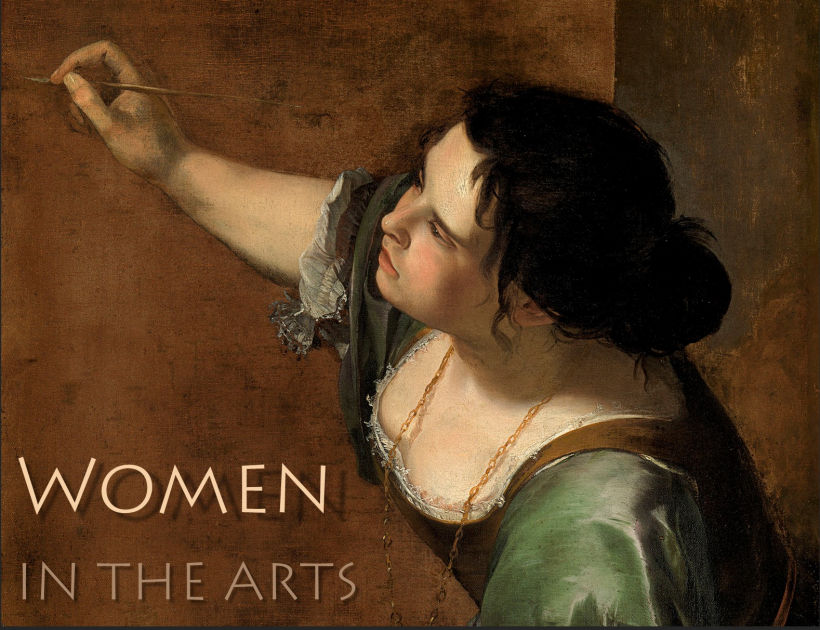Here are brief bios of the artists, composers, and writers considered in the class, listed in order of birth.
All the specific biographies of women featured in the course are collected in the
BIOS link on the syllabus page.
 |
William Wordsworth, 17701850. English poet, critic, and philosopher.
With the joint publication of the Lyrical Ballads with Coleridge in 1798, Wordsworth co-founded the English Romantic movement, and continued to dominate it for decades with poetry of his native Lake District and his doctrine of capturing experience direct from Nature for later use as "emotion recollected in tranquility."
|
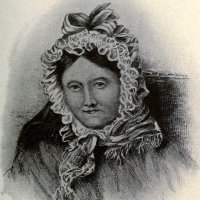 |
Dorothy Wordsworth, 17711855. English writer.
Dorothy was the beloved sister of poet William Wordsworth and his lifelong companion. Although she had no ambitions for publication herself, it has been shown that many of William's poems draw freely on his sister's journals, making them in effect co-authors.
|
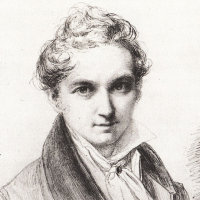 |
Wilhelm Hensel, 17941861. German painter.
Hensel was a successful portaitist who became Court Painter to the King of Prussia. He married Fanny Mendelssohn (sister of Felix) and although he was entirely unmusical himself, encouraged her music-making, albeit largely in a domestic context.
|
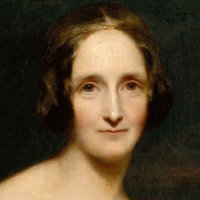 |
Mary Wollstonecraft Shelley, 17971851. English novelist.
The daughter of the political philosopher William Godwin and the feminist activist Mary Wollstonecraft, Shelley fell in love with the poet Percy Bysshe Shelley when he was already married and eloped with him to the continent to avoid ostracism at home. She wrote her most famous novel, Frankenstein (1818), in response to a competition with Lord Byron, John Polidori, and her lover during a rainy holiday in Switzerland.
|
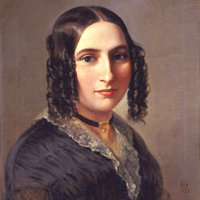 |
Fanny Mendelssohn Hensel, 180547. German composer.
Fanny received the same musical education as Felix Mendelssohn, her younger brother, and her compositional output is similarly large. Much of it, however, was unpublished in her lifetime or issued in her brother's name. In 1830, she married artist Wilhelm Hensel.
|
 |
Elizabeth Barrett Browning, 180661. English poet.
Elizabeth Barrett had established herself as a poet well before she met Robert Browning, whom she eventually married at the age of 40, and was disinherited by her father for doing so. Her sequence of love-letters to Browning, Sonnets from the Portuguese (1850) have been widely influential.
|
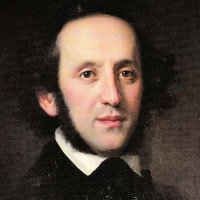 |
Felix Mendelssohn Bartholdy, 180947. German composer.
A major figure in the Romantic movement and a precocious talent, he wrote many of his best-known works (such as the Midsummer Night's Dream overture) while still in his teens.
|
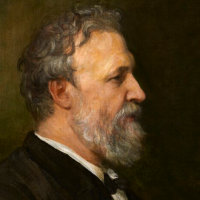 |
Robert Browning, 181289. English poet.
Although best known today for his lyrical and shorter narrative verse, Browning established a reputation as a leading Victorian poet also through longer works such as the play Pippa Passes (1841) and the novel-length The Ring and the Book (1869).
|
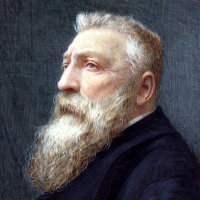 |
Auguste Rodin, 18401917. French sculptor.
Rodin holds a position in the art of sculpture comparable to that of C้zanne, Gauguin, or Van Gogh in painting, stretching the limits of the medium to achieve new forms of expression, as though the figures were struggling to emerge from the bronze or stone that holds them.
|
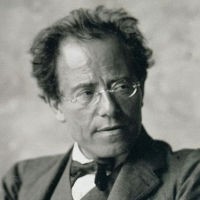 |
Gustav Mahler, 18601911. Austrian composer and conductor.
In the summers during his appointment as director of the Vienna State Opera, he completed nine symphonies, numerous songs, and his masterpiece, the "song-symphony" Das Lied von der Erde (The Song of the Earth, 1909). His works typically use very large orchestras and incorporate a wide range of musical styles.
|
 |
Margaret Macdonald, 18641933. English artist and designer.
Though born in England, Macdonald met her future husband, Charles Rennie Mackintosh, at the Glasgow School of Art; they married in 1900. Working first with her sister Frances and later with her husband, she produced a wide range of decorative artwork which was a defining feature of the Glasgow style of art nouveau, and was exhibited widely in Europe and America. Charles said of her: "You have genius; I only have talent."
|
 |
Camille Claudel, 18641943. French sculptor.
Claudel became in turn the apprentice, lover, and rival of August Rodin, producing sculptures of remarkable energy and innovation. After the inevitable break with Rodin, however, she had difficulty obtaining commissions; her father, who had been supporting her financially, died; and her mother had her committed to a mental asylum, where she died 30 years later.
|
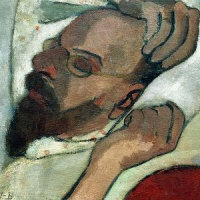 |
Otto Modersohn, 18651943. German painter.
Modersohn was a landscape painter and co-founder of the artists' colony at Worpswede. His painting, which was relatively conventional in style, gradually became more Expressionist, partly under the influence of his wife, Paula Modersohn-Becker (who painted this picture of him sleeping).
|
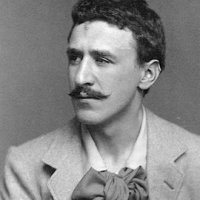 |
Charles Rennie Mackintosh, 18681928. Scottish architect.
Born in Glasgow and trained at the Glasgow School of Art (whose new buildings he later designed), Mackintosh developed a European reputation as one of the leading architects of the art nouveau movement. Unfortunately, few of his buildings (often executed in collaboration with his wife, Margaret Macdonald) now survive intact, and his career dwindled to almost nothing around the time of WW1.
|
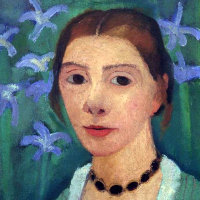 |
Paula Modersohn-Becker, 18761927. German painter.
Paula Becker was a leading painter in the German Expressionist movement, and the only significant woman in the circle. She was the first woman to depict herself both nude and pregnant, and also the first woman to have a museum (in Bremen) entirely devoted to her art. In 1901, she married Otto Modersohn, an older and less adventurous artist.
|
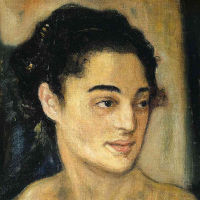 |
Alma Mahler, 18791964. Austrian composer and muse.
"Alma Schindler Mahler Gropius Werfel, mistress to a long succession of brilliant men, married three of the best known: the composer Gustav Mahler, the architect Walter Gropius, and the writer Franz Werfel. Her admirers regarded Alma as a self-sacrificing figure of inspiration to great artists. Her detractors saw her as a self-aggrandizing social climber, a boozy, bigoted, vengeful harlotor as one contemporary put it, 'She was a grande dame and at the same time a cesspool'. [Book jacket to Oliver Hilmes: Malevolent Muse, 2015].
|
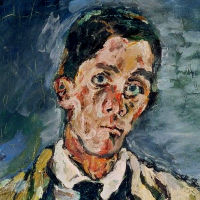 |
Oskar Kokoschka, 18861980. Austrian painter and playwright.
One of the leading Expressionist painters in Vienna, Kokoschka was also a poet and playwright. Starting mainly as a portraitist with a distinctive style of very free brushwork, he widened his interests to include landscapes, cityscapes, and other subjects when he began to travel in the later 1920s. Denounced as degenerate by the Nazis, he became first a Czech and later a British citizen.
|
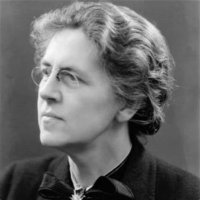 |
Nadia Boulanger, 18871979. French composer and teacher.
Nadia Boulanger became one of the great composition teachers of the 20th century, helping shape the careers ofVirgil Thompson, Aaron Copland, Elliot Carter, and many others. Although a composer herself, she put her own work aside to support that of her younger sister Lili, whom she called the true genius in the family.
|
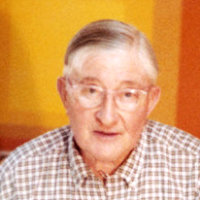 |
Josef Albers, 18881976. German artist.
Woking first as a designer of stained glass, Albers entered the Weimar Bauhaus as a student in 1920, but began to teach there in 1922, an experience that stood him in good stead when he emigrated to the US and taught first at Black Mountain College and later at Yale. Noted for his series of abstract color studies he called Homage to the Square, he was the first living artist to be given a solo show at MoMA.
|
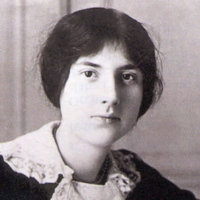 |
Lili Boulanger, 18931918. French composer.
While still a young child, Lili attended the lessons of her elder sister Nadia at the Paris Conservatoire, and soon came to the attention of Gabriel Faur้ and other leading musicians in her own right. Although plagued by illness, she became the first female winner of the coveted Prix de Rome, and had a commission to write an opera to a text by Maeterlinck, but died at 24 with tragically little of her potential realized.
|
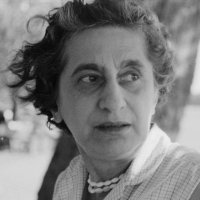 |
Anni Albers, 18991994. German textile artist.
Anni Fleischmann came to the Bauhaus in 1922, she hoped to study painting, but the textiles workshop was the only area that would take her. But threads, as she said, won her over, and her career in textiles virtually erased any distinction between "applied" and "fine" arts. She emigrated to the US with her husband Josef Albers, and taught at many of the same institutions.
|
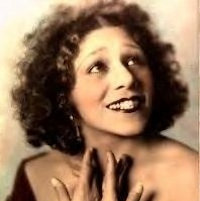 |
Blanche Calloway, 190278. American bandleader.
Born in Rochester before her family's move to Baltimore, Blanche Calloway was the elder sister of jazz musician Cab Calloway and the first to ender the profession. She enjoyed a 50-year career as a singer, bandleader, and composer.
|
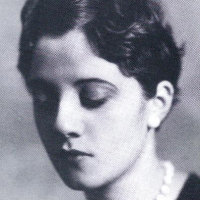 |
Frances Gershwin, 190699. American singer.
Although younger than her brothers George and Ira, she was the first of the family to perform professionally. After her marriage to Kodachrome inventor Leopold Godowsky, she left the stage, but continued to develop her other artistic talent, as a painter.
|
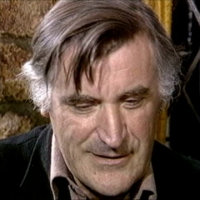 |
Ted Hughes, 193098. English poet and translator.
Poet Laureate, 198498. Although rated among the best poets of his generation, his reputation has been tarnished by speculation about his relationship with his wife, Sylvia Plath.
|
 |
Sylvia Plath, 19321963. American poet and novelist.
Plath began publishing when a student at Smith College. Coming to England, she met and married the future Poet Laureate Ted Hughes, and had two children with him before the marriage collapsed. Her life was punctuated by several attempts at suicide, which finally succeeded, but her conflicting energies gave rise to the poems of her remarkable posthumous collection, Ariel.
|







































